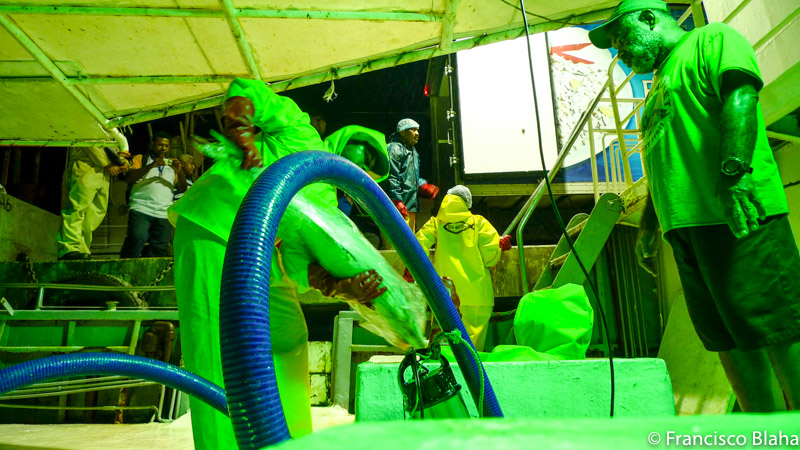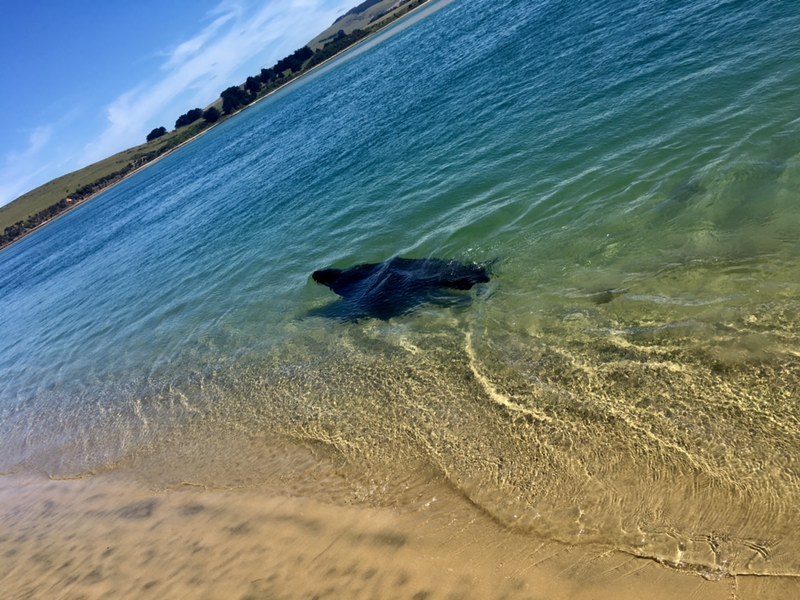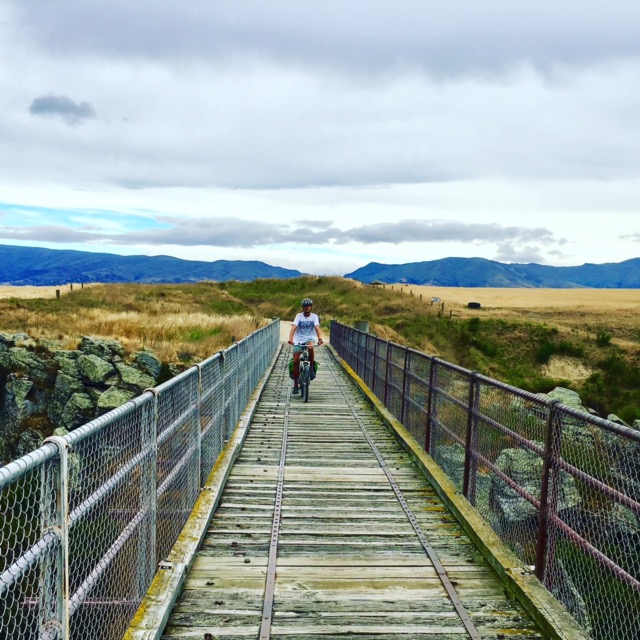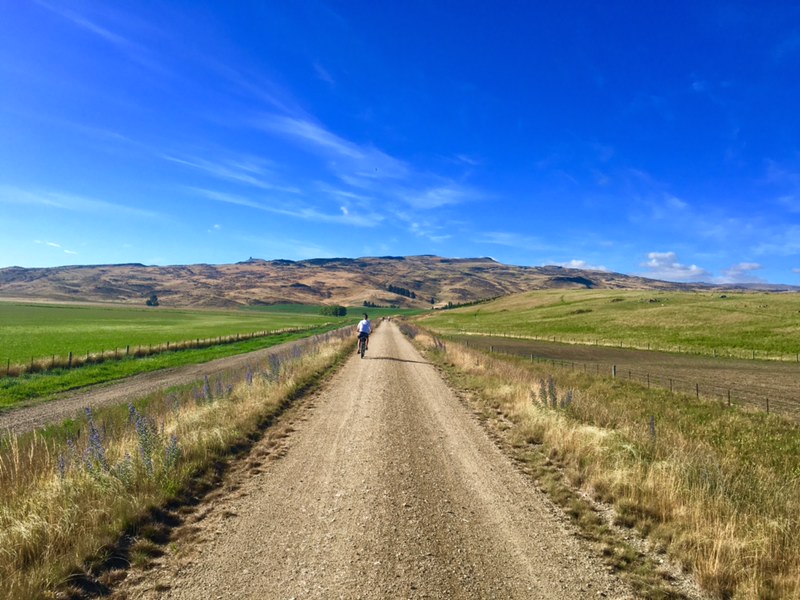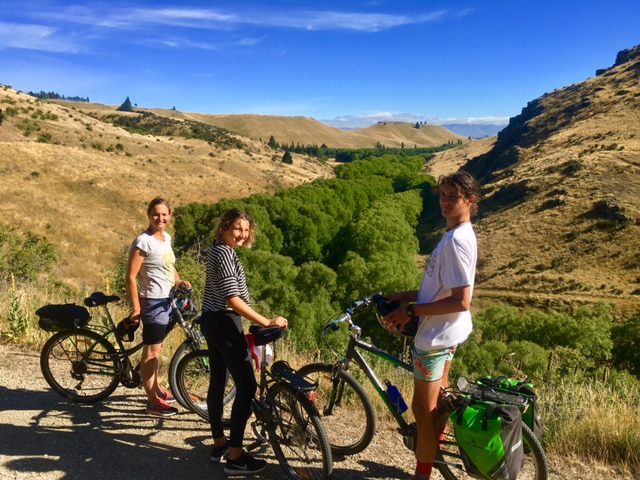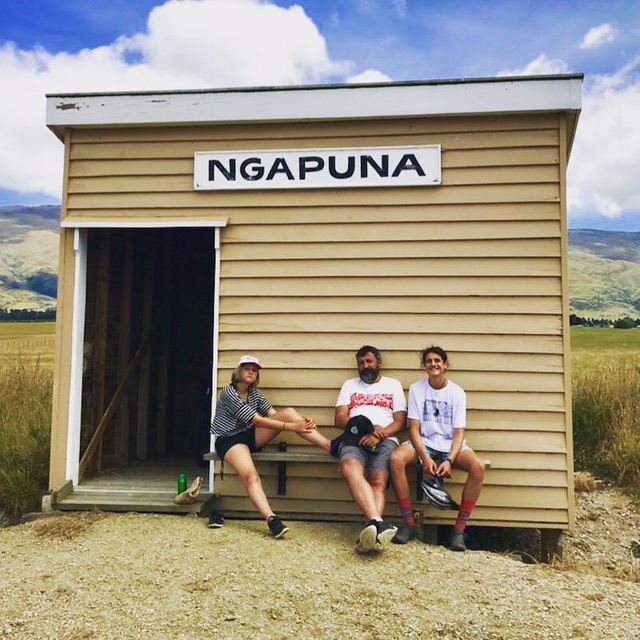I promised that I would slowly digest and post parts of our CDS publication to bring some of the key elements to the table, here is the first one.
In the our experience there is some confusion as to the nature of a CDS, its objective and its core function. There is in fact no internationally agreed definition of CDS, and the diverse terminology used to designate a CDS such as CDS, catch certification system, catch documentation and traceability system and bluefin catch document scheme further confuses the matter because the terms suggest that the underlying systems may also differ with regard to design, objective and function. It is therefore important to posit at the start the object, remit and core function of a CDS.
CDS objective. The objectives of the three multilateral CDS are not clarified in the CMMs that establish them, though it is evident that they aim to prevent IUU fishing. The EU, however, clearly states that the objective of the CDS is to deny IUU-derived products access to its markets, thereby contributing to the goal of eliminating IUU fishing.
CDS remit. All current CDS apply to the entire supply chain of international trade, from harvesting, landing and processing to importing products into end markets. To achieve this they all have a system of data acquisition, storage, certification and documentation in place.
CDS core function. The CDS mode of operation is to identify a unit of legally harvested seafood, to certify that it is of legal origin, and then to track it through the supply chain – which may be highly complex – to the end market.
By allowing only legally certified fish to be landed, processed and traded, the supply chain is in practice fenced off from illegally harvested fish. The core objective of the CDS is hence to prevent the entry of “laundered” IUU fish into the supply chain. The challenge – and the criterion for success – is not in keeping legal fish in the supply chain, but in keeping IUU fish out (see illustrartion). Traceability is central in the implementation of this CDS function.
If IUU-derived products are denied market access by a CDS, their prices decline rapidly, the financial incentives are eroded and IUU fishing diminishes as a result. To achieve this, market access must be denied to IUU-derived products at every stage along the supply chain.
A CDS is hence not something that ends with the certification of catches by flag states. Catch certification is in fact only the start. Coastal states may wish to confirm that flag state certification of catches made in their EEZ is valid, port states must ensure that non-certified products are not landed, and market states must ensure that noncertified products are not imported, processed, sold or re-exported.
In a CDS, legality is established at the first step – harvesting. Preventing “laundering” is the objective of the system at all subsequent stages.













